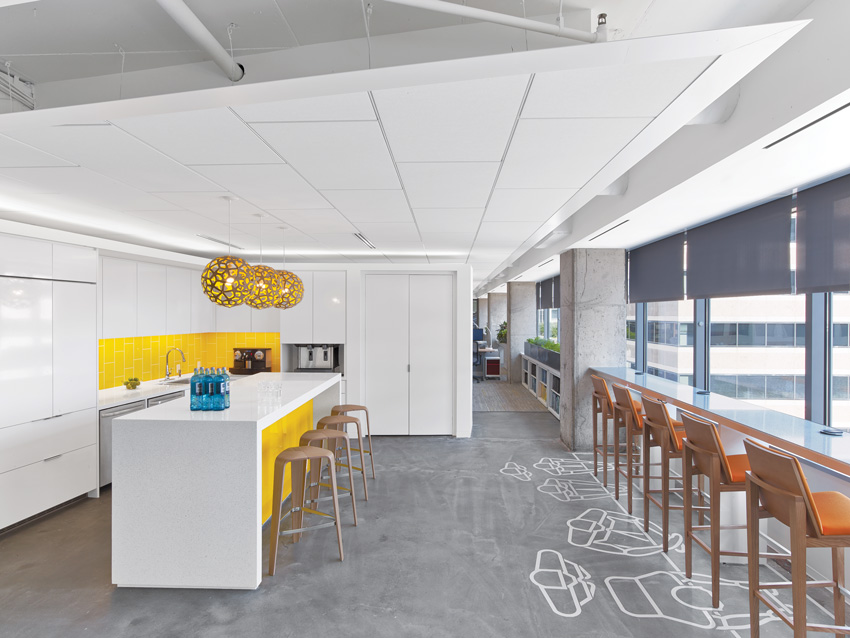Green Building with Automated Shading Systems
Made from Environmentally Friendly Materials
Although energy efficiency gets a lot of attention in the sustainable space, green building also emphasizes the use of products and materials that make a limited environmental impact over their lifetime. These life-cycle evaluations consider multiple facets of a product’s life, from the materials used during production and the excavation practices of those materials to their presence in an indoor environment and in disposal once the product has served its purpose.
One of the largest challenges facing designers who try to use sustainable materials is that it requires the disclosure by the manufacturers of their processes and secret sauces used to create their various devices, fabrics, paints, finishes, etc. As a result, these sustainable programs encourage and incentivize designers to work with manufacturers taking the extra steps to act in an environmentally responsible way and then take the time to disclose their product information so that the product may be evaluated by a third party.
Shade materials that have been reviewed and certified by a third-party organization, such as the GREENGUARD Environmental Institute (GREENGUARD) or Cradle-to-Cradle, can support sustainable efforts and contribute toward meeting sustainable materials thresholds required by these various rating systems and green building standards.











